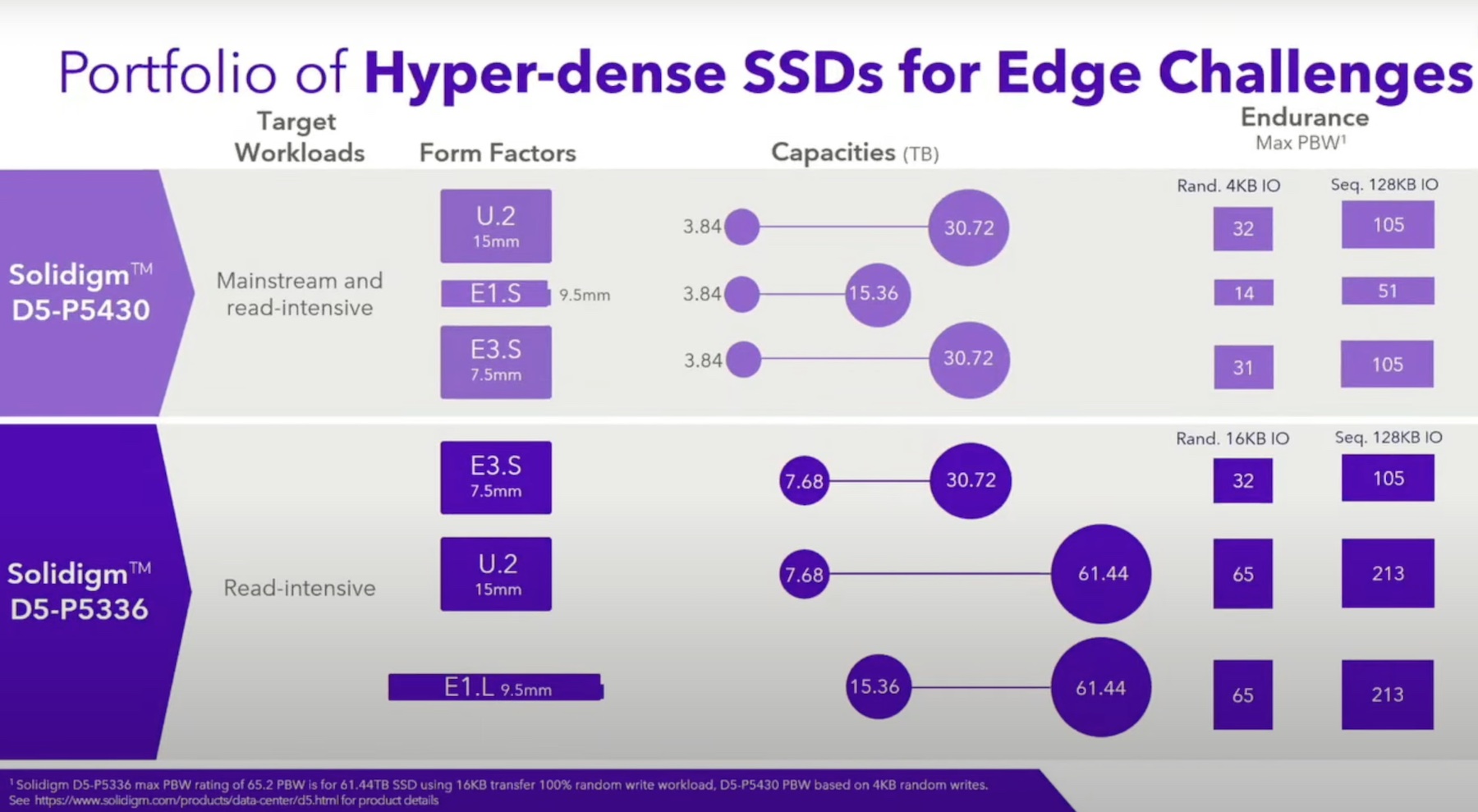Like many dipping their toe into the Linux desktop world, Ubuntu was one of the first distributions I tried back in the day. It’s been a while since used a Ubuntu install as my daily driver. Varying hardware and occasional boredom has seen me try out the Ubuntu derivative Mint, Puppy Linux, Arch, and even a very brief run with OpenSolaris (purely for love of ZFS).
Canonical recently release their latest major update to Ubuntu, 18.04 LTS Bionic Beaver. LTS is their most stable release, receiving a five-year security and bug fix guarantee. Given that support level, it’s unsurprising to hear Canonical say that 75% of desktop users choose the latest LTS release.
So what’s new in Bionic Beaver? The big news is that Canonical is abandoning it’s Unity graphical shell as the default for the distribution. There was no end of drama when Canonical originally introduced Unity through their 2010 and 2011 releases. The vitriol and pettiness around that time was one of the things that soured me a bit on the open source community. But it’s been more than five years since Ubuntu came stock with Unity. It’s a big change.
The reason for the change speaks to a change in ambition and realization by Canonical. The Unity shell was developed by Canonical because it could be adapted to various form factors. The company envisioned Ubuntu on TVs, phones, and tablet. Unity was the key in making it easy to scale the OS and keep UI consistent. But a lack of industry adoption has put the breaks on that vision.
So where does Ubuntu go? Back to reliable GNOME. This makes sense. The OS started with GNOME, and Canonical still has a lot of programmers in-house with lots of programming experience. And really what were they going to do, use KDE? Please.
For people upgrading from Ubuntu 16.04 LTS, there will be a bit of an adjustment. Most of the difference will be cosmetic. The launcher will still sit in it’s familiar left hand side, and applications should be where you’re used to finding them. While not a shift from the last LTS release, one notable regression for Ubuntu is moving back to X.org for the display server.
Ubuntu’s 17.10 release had used newer Wayland display server. While Canonical thinks this is approaching suitability for mainstream use, given how many user depend on LTS releases to be stable, they still felt X.org to be the better bet. Ubuntu has envisioned moving full time to Wayland for a long time, but it looks like we’ll have to wait another two years to see it in a LTS release. Canonical sited a lack of secure screen sharing and remote desktop with Wayland as the main drawbacks in this decision. For those adventurous LTS users, Wayland is still in the 18.04 repository if you want to roll that way.
18.04 also comes with a few new features. One welcome for many users will be the new Live Patch feature, which enables installing updates without rebooting. Canonical said they were seeing only about 20% of users installing all updates, so this should improve performance and security across the platform. I wish we could see this on other operating systems, I can’t tell you how often I’ve delayed installing a MacOS update because I couldn’t afford 20-40 minutes of downtime.
The other interesting feature is that Snaps to install software. If you’re not familiar, Snaps are containerized software packages that include dependencies. Anyone who’s tried installing third-party software on a Linux box knows navigating the list of installs based on different distributions. Snaps provide a universal experience that work across distributions and won’t drop you into dependency hell.
This is good news for the entire Linux software ecosystem. Honestly Ubuntu probably benefits the least from including Snaps. As the backbone for all the most popular Linux distributions, finding .deb files isn’t all that difficult. But supporting Snaps, it’ll hopefully make this universal package a de facto standard before too long.
Canonical’s LTS releases for Ubuntu generally aren’t the most exciting releases, but that’s kind of the point. Instead of being a testbed for the latest and greatest features, inclusion in LTS is validation that those features are ready for prime time. By nature it’s a conservative release. What’s exciting is that once features make it into LTS, they’re generally not going anywhere (Unity not withstanding). If you’re looking for a stable and supported open source OS, Ubuntu LTS 18.04 is a can’t miss distribution.




